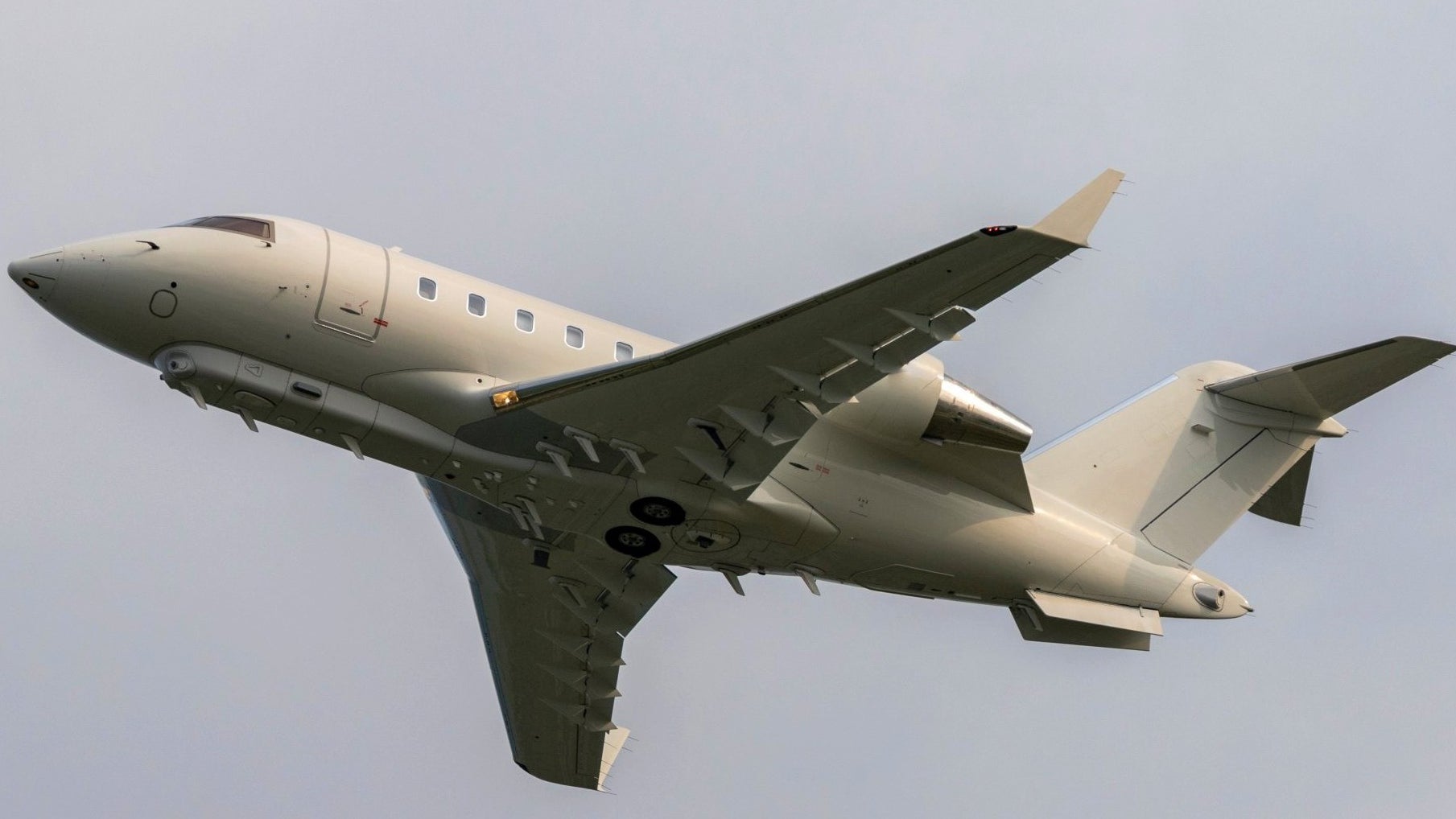The U.S. Army has begun the next phase of its High Accuracy Detection and Exploitation System, or HADES, which is intended to provide the mission payload for the service’s next-generation airborne intelligence, surveillance, and reconnaissance (ISR) system. The two contractors now bidding for part of the HADES requirement are L3Harris and Raytheon, with the long-term aim being to integrate one of their payloads on a new fixed-wing surveillance platform, for which a variety of options are under consideration. These fall into three fairly distinct categories: an airliner-sized adapted maritime patrol aircraft, one of a number of business jets, and a high-flying drone.
The possible host aircraft for HADES comprise the Boeing P-8A Poseidon maritime patrol aircraft, Gulfstream EC-37B Compass Call electronic attack aircraft, Bombardier E-11A Battlefield Airborne Communications Node (BACN) airborne communications platform, and finally a new version of the Northrop Grumman RQ-4 Global Hawk drone, with higher-altitude performance. The fact the Army is considering the RQ-4 is significant in itself since the Air Force is meanwhile trying to retire most of their young fleet of RQ-4s in favor of more survivable, penetrating alternatives. That could potentially release second-hand Global Hawk airframes to the Army, but they would not be able to meet the Army’s expanded ceiling expectation for an ‘enhanced’ RQ-4. Still, free airframes may be hard to pass up.
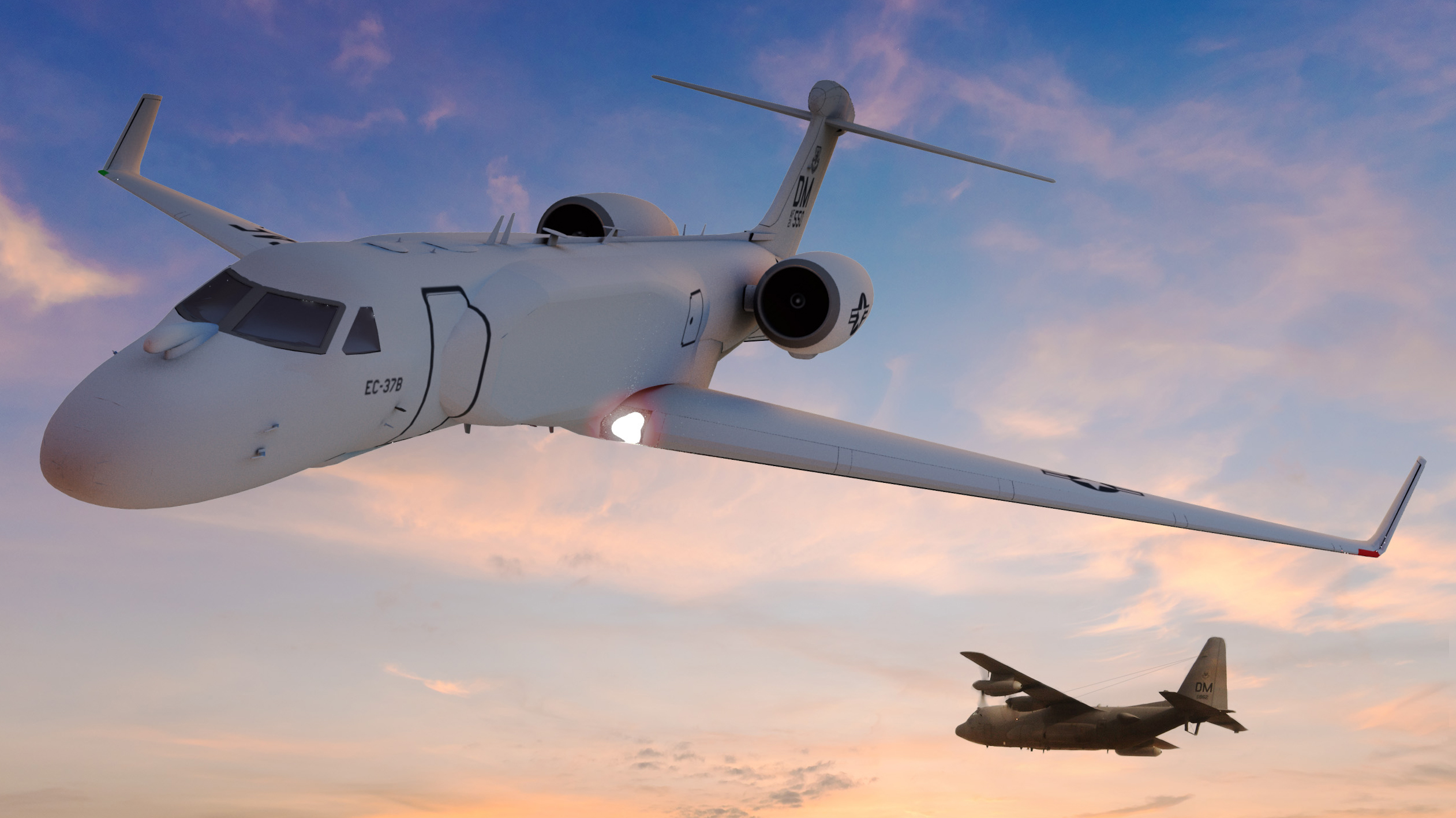
In an online announcement today, the U.S. Army Project Director for Sensors — Aerial Intelligence (PD SAI) confirmed that it had awarded contracts together worth around $4.37 million to the two companies, under Phase 1 of its Multi-Domain Sensing System (MDSS). This is an eight-month competitive effort to develop and build prototype electronic intelligence (ELINT) and communications intelligence (COMINT) sensors for HADES.
Once these payloads have been demonstrated, Phase 2 will see one or both of the companies selected to continue to develop the sensors and then optimize them for the chosen HADES platform. While the definitive HADES will carry additional sensors, too, the ELINT and COMINT components have been prioritized so far.
In the meantime, the Army has already been using two adapted, contractor-owned and operated Bombardier Challenger 600/650 business jets to test some of the types of sensors that HADES will use. These testbeds are the Airborne Reconnaissance and Targeting Multi-Mission Intelligence System, or ARTEMIS, which have been deployed to both Europe and Japan in recent months. According to an official contracting notice, the ARTEMIS is intended to demonstrate “standoff operations to detect, locate, identify and track critical targets for the ground commander.”
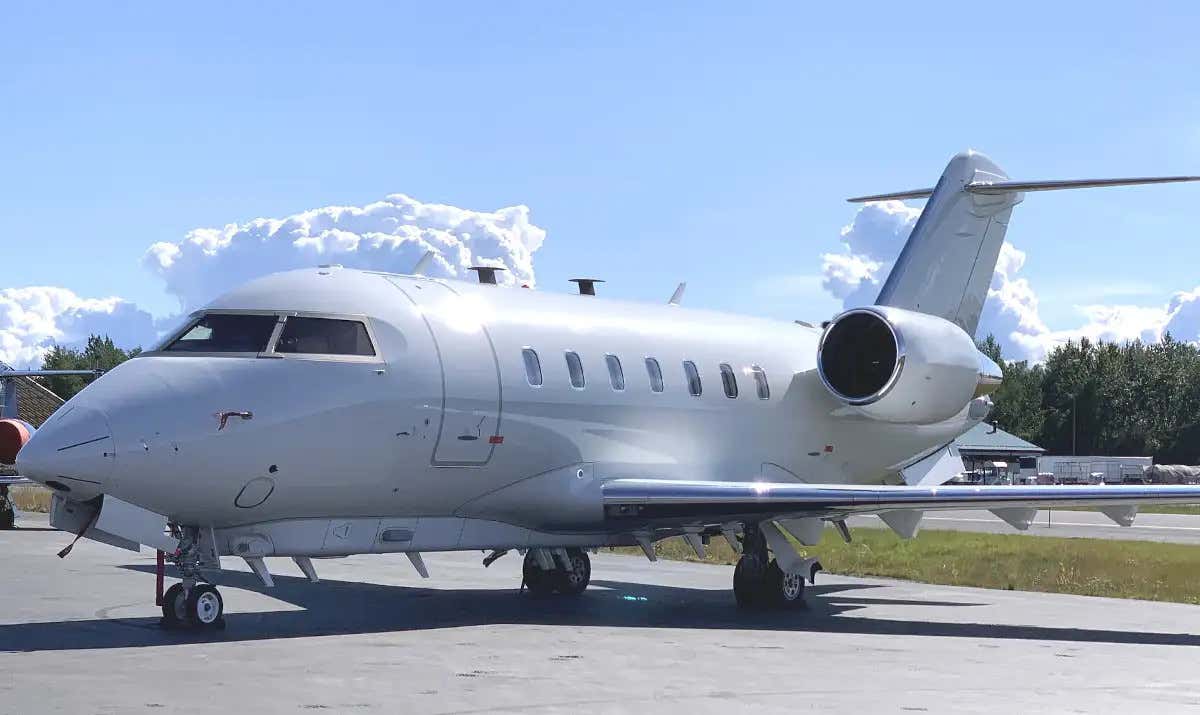
“One of the things we saw, and we know that we’re concerned about with near-peer [adversaries], is we need to look at our sustainment, our ability to move around; so we did see one thing that came out the demonstrations is we can get to where we need to a lot faster,” Colonel James DeBoer, the Army’s project manager for fixed-wing aircraft, recently told
Defense News of the ARTEMIS program.
As well as ARTEMIS, another Army ISR trials platform is preparing to gather data for HADES, too. The Airborne Reconnaissance and Electronic Warfare System, or ARES, is being installed on a Bombardier Global Express 6500 bizjet airframe by L3Harris Technologies. It will reportedly carry an alternative SIGINT package compared with the ARTEMIS.
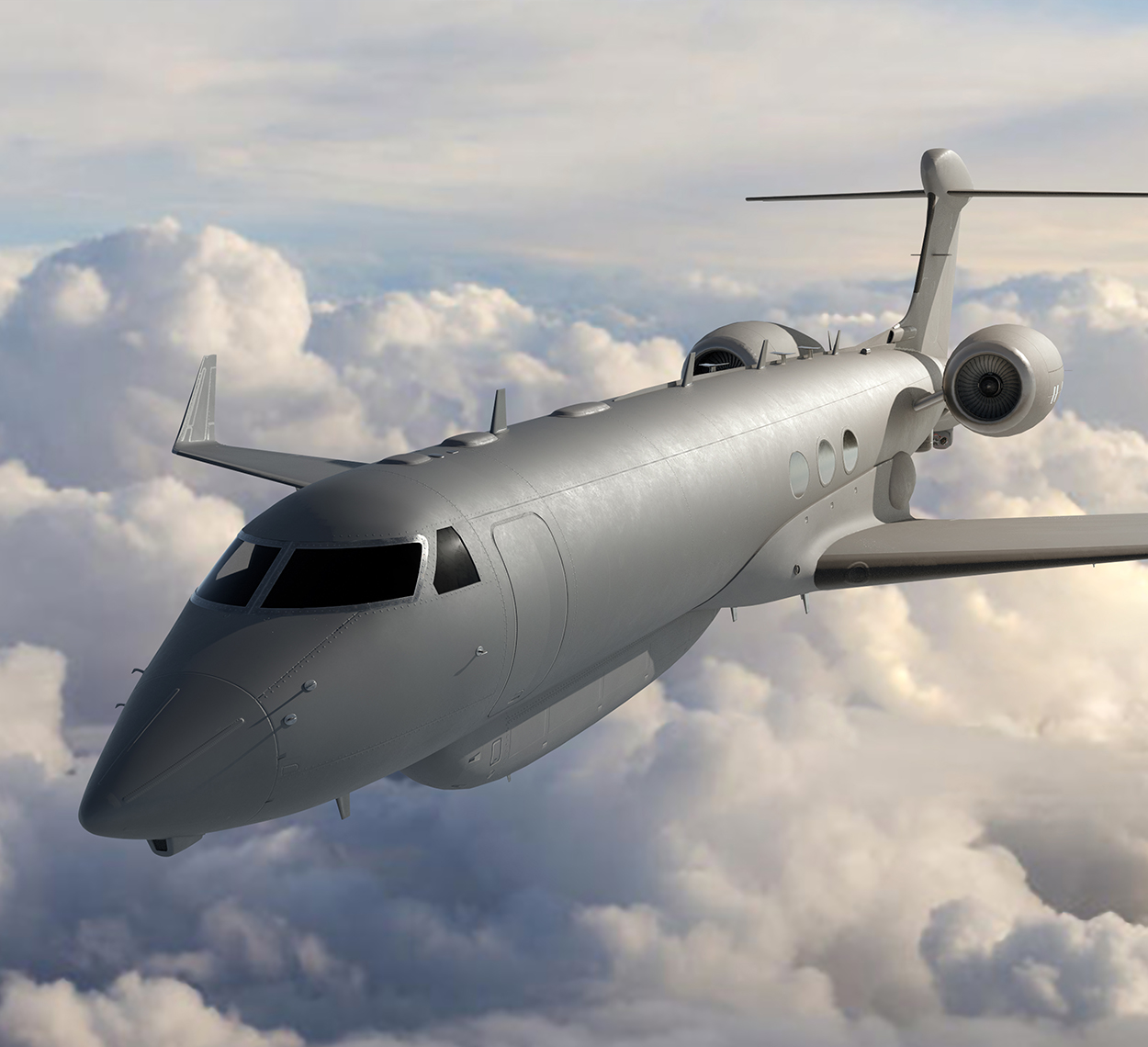
An aircraft platform for HADES will have been selected by the Army by the time Phase 3 begins, in which a “holistic COMINT/ELINT system” will be flight-tested ahead of a production decision. All three phases of the MDSS prototyping and test efforts are likely to be worth around $49 million, the Army says.
“The Army is pursuing HADES to address the demands of future Multi-Domain Operations (MDO) against peer- and near-peer adversaries,” said Dennis Teefy, Project Director, PD SAI. “This follows the DoD MDO framework as described in the 2018 National Defense Strategy and in Army doctrine as described in The U.S. Army in Multi-Domain Operations (TRADOC PAM 525-3-1, Dec 2018).”
Ultimately, HADES is intended to provide a successor to the venerable RC-12 Guardrail, as well as the more modern MC-12 Enhanced Medium Altitude Reconnaissance and Surveillance System (EMARSS), both of which are based on the familiar Beechcraft King Air series of twin-turboprops. The RC-12X, in particular, has had serviceability issues, with the Army having to raid the Boneyard for the spares needed to keep them flying.
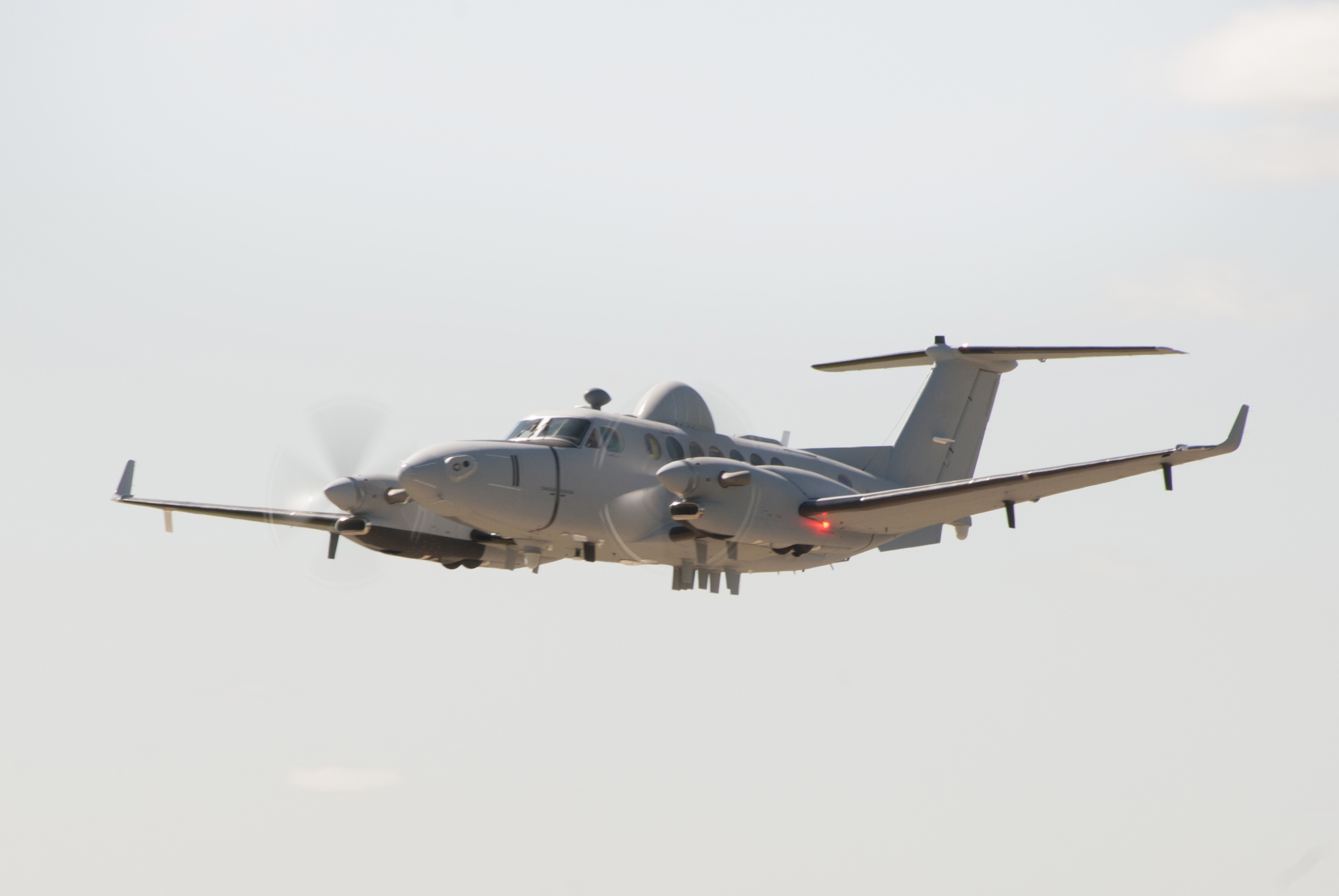
Teefy also mentioned the requirement to supersede the “EO-6C Airborne Reconnaissance Low (ARL) aircraft,” which seems to be a conflation of two different platforms: the EO-5C Airborne Reconnaissance Low (ARL) COMINT/ELINT aircraft that’s based on the de Havilland Canada Dash 7 four-turboprop regional airliner, and the more recent RO-6A Airborne Reconnaissance Low-Enhanced (ARL-E), which uses a Dash 8 twin-turboprop as its basis.
Broadly speaking, these existing Army ISR platforms are optimized for counterinsurgency-type operations, but they are also found in Korea and in Europe.
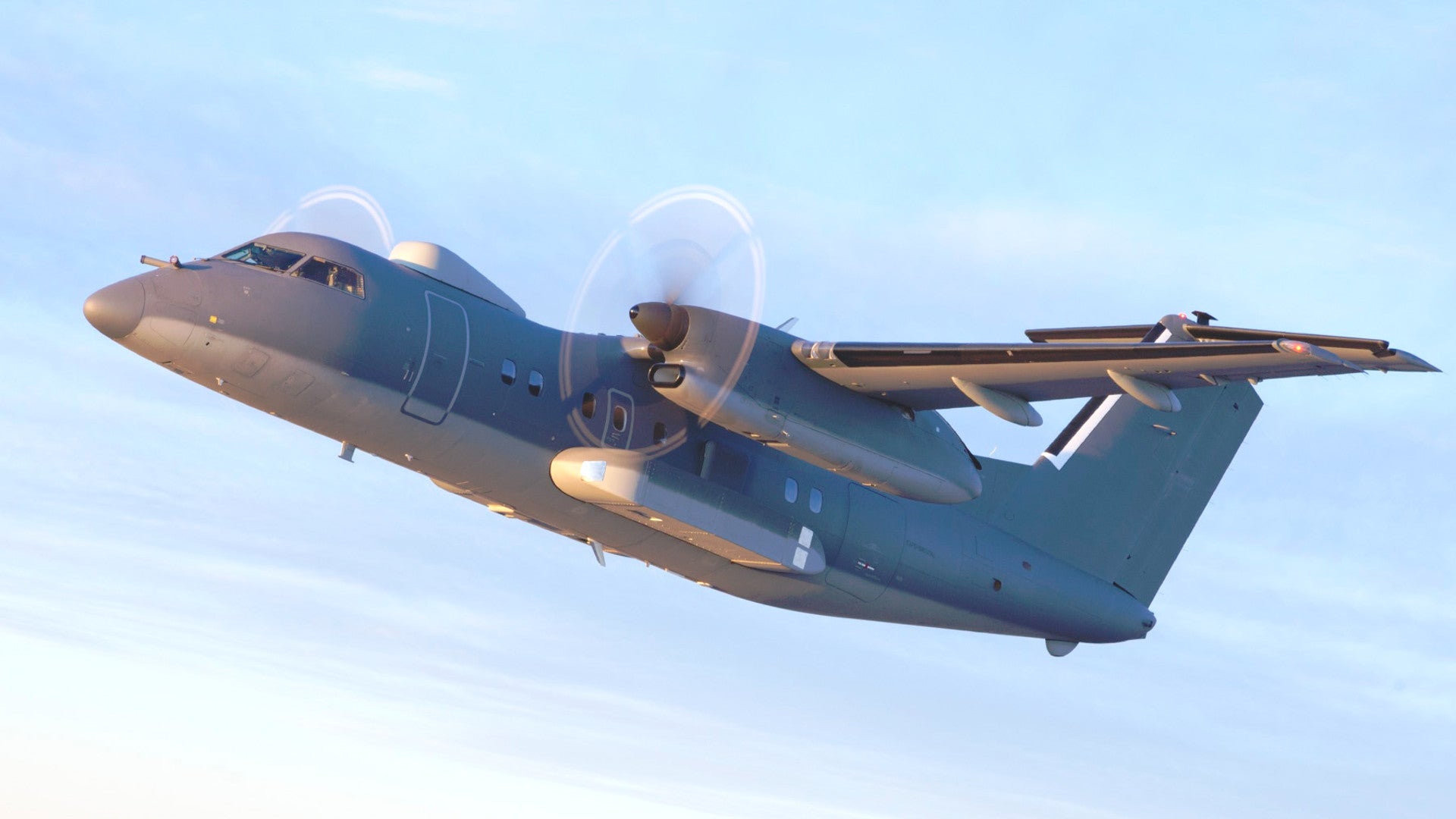
The Army says it wants a successor to these aircraft that’s not only able to be deployed around the globe but which can gather intelligence at longer standoff ranges and from high altitude, increasing its field of regard and keeping it safer, at least from less-sophisticated air defenses. Tellingly, all the aircraft under consideration are jet-powered and would offer significantly higher operating ceilings than current Army ISR planes. However, the Global Hawk would have a huge advantage over a bizjet or airliner type, offering considerably greater line of sight from its high-altitude perch, which equates to more standoff range.
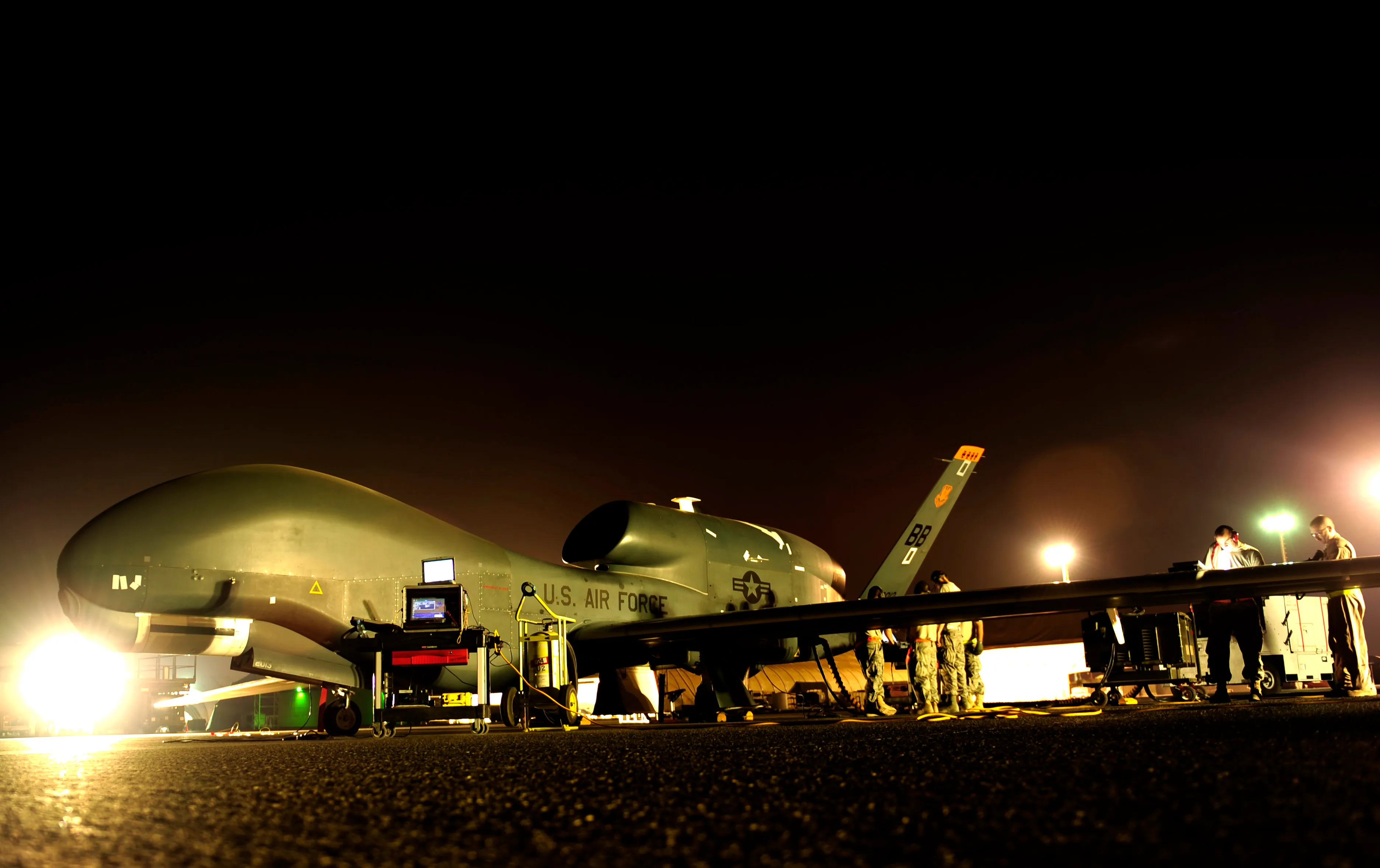
The service also wants a platform with greater endurance than its predecessors, allowing the aircraft to remain on station longer, or transit across greater distances, more rapidly.
“The goal is to provide deep-sensing intelligence collection of indicators and warnings, electronic order of battle, and patterns of life for target development,” Teefy continued. “This will allow standoff operations to detect, locate, identify, and track critical targets for the ground commander.”
The potential HADES platforms are also significantly larger than the Army’s current fixed-wing ISR planes and the options also parallel those that were in line for the Air Force’s now-canceled plan to replace the U.S. Air Force’s E-8C Joint STARS.
While the MDSS is focused on ELINT and COMINT sensors, HADES has altogether bigger ambitions, including integration of a ground-surveillance radar with synthetic aperture radar (SAR) with a ground-moving-target-indicator (GMTI) functions. Essentially, the result will be an aircraft that can also replicate the capabilities of the Air Force’s E-8C and the Cold War-era RC-135 intelligence-gathering plane. Furthermore, with no Air Force plans as yet for a direct SAR/GMTI-equipped successor to the E-8C, the Army, by taking this approach, is also fulling an important gap in the overall order of battle. On the other hand, the Air Force does plan on developing a distributed SAR/GMTI and likely has some more secretive ISR platforms in preparation, too.
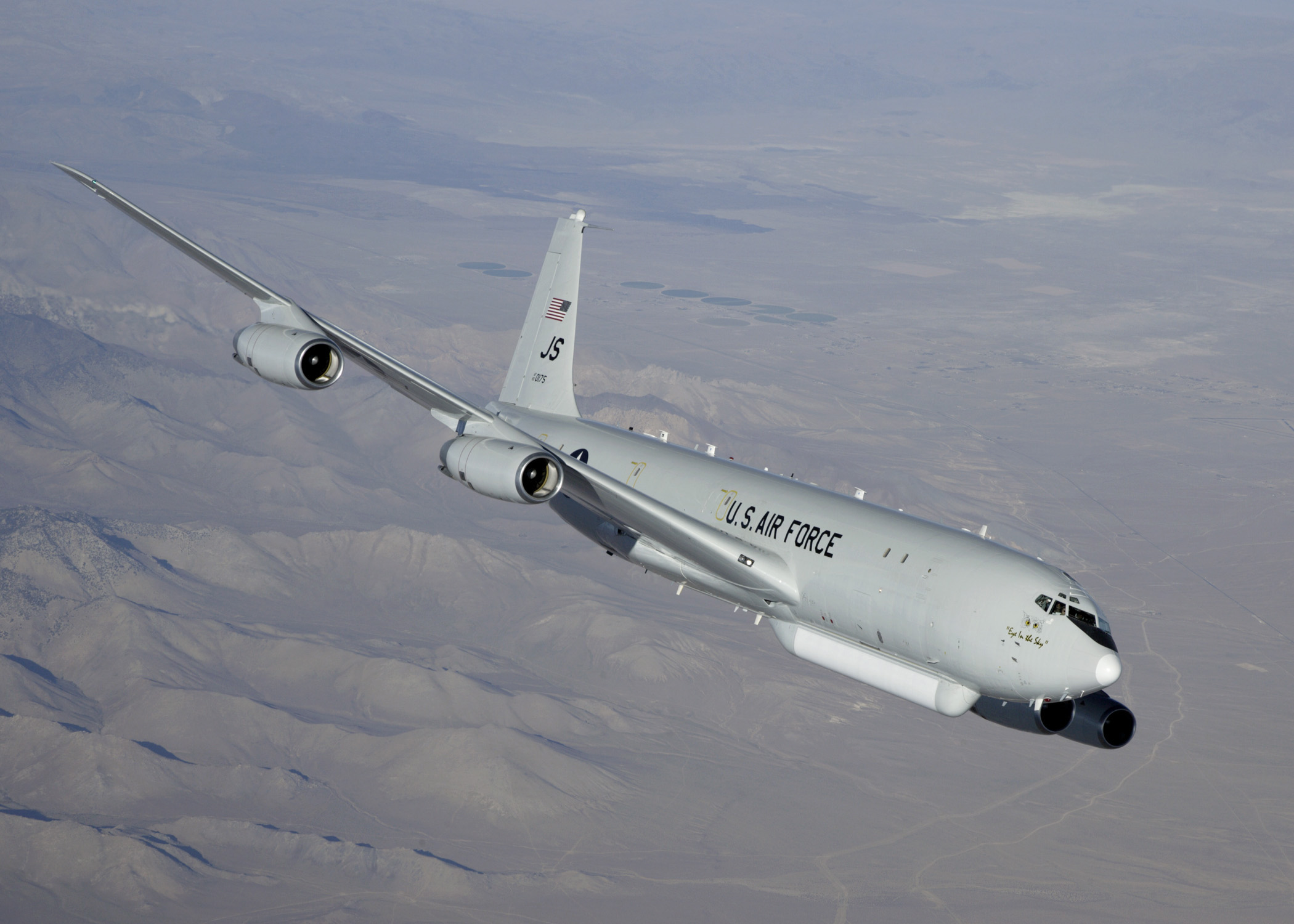
Ultimately, a fully mature HADES system onboard its chosen platform should be able to pick out targets and then relay their coordinates to the Army’s new Precision Strike Missile (PrSM) batteries, for example, which would be able to engage them from standoff range. That scenario also signals a plan for much greater independence from the Air Force’s ISR assets, essentially allowing the Army to complete the sensor-to-shooter chain itself.
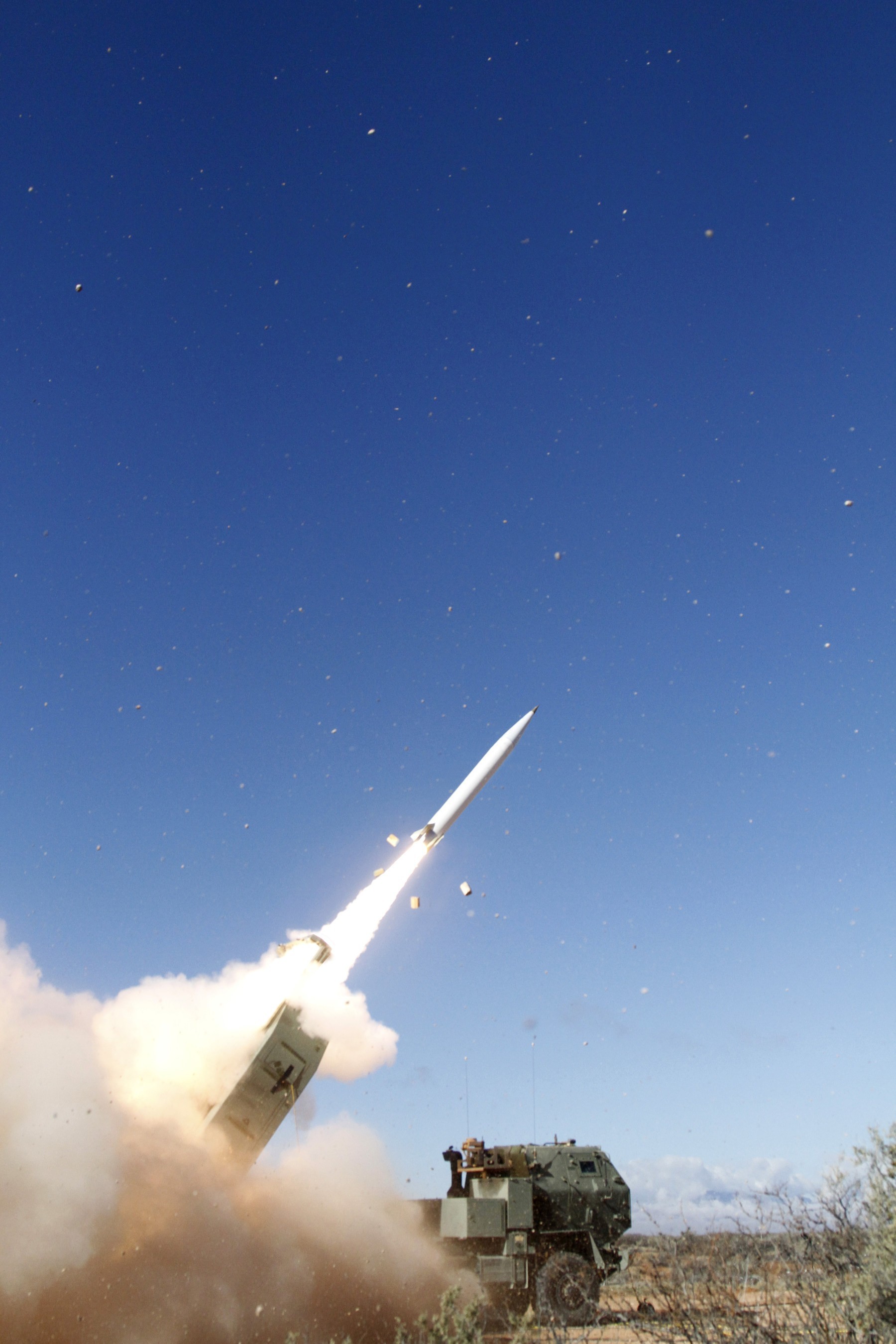
PrSM itself promises to revolutionize the Army’s ability to strike targets at considerable distances, now that its specifications are no longer contained by the limits of the Intermediate-Range Nuclear Forces (INF) Treaty. The first of these new missiles, which are being developed by Lockheed Martin, could enter service around 2023.
As well as PrSM, there is clearly scope to have HADES find targets for a host of new long-range weapons the Army is developing, too, potentially including ground-launched SM-6 and Tomahawk missiles, as well as the Long Range Hypersonic Weapon, or LRHW. The ARTEMIS testbed has also recently been used to help spot for a classified loitering munition, something you can read about here.
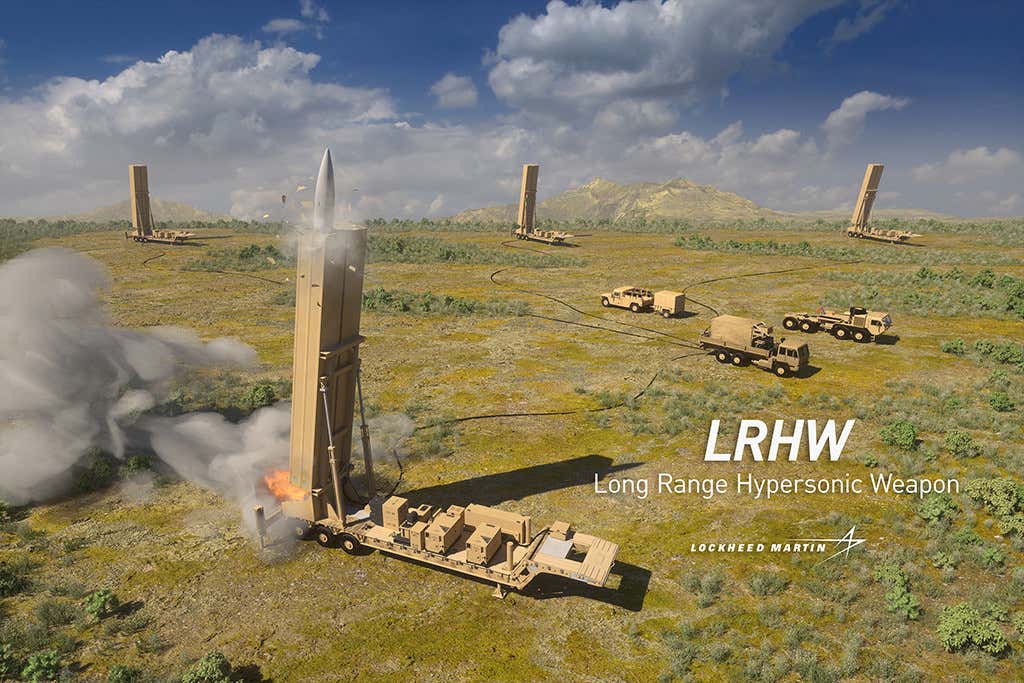
While the types of aircraft platforms under consideration for HADES represent a significant advance into the fixed-wing realm for the Army, it’s also worth pointing out that they are otherwise fairly conventional solutions. They lack the low-observability characteristics to survive in highly contested airspace, so would need to operate from considerable standoff distances when confronted by the kinds of “peer- and near-peer adversaries” that they are intended to help defeat. Indeed, part of the reason for the Air Force deciding against a direct replacement for the E-8C was the concern that platforms of this kind will simply be too vulnerable in future.
Notably, both China and Russia are developing very long-range air-to-air missiles expected to be optimized for high-value targets such as these. In addition, airborne ISR platforms will increasingly face sophisticated anti-access/area-denial (A2/AD) networks before they even get to their operating areas.
The current HADES effort also has clear parallels to an earlier Army program, the Aerial Common Sensor. This had broadly equivalent ambitions and also looked at some similar platforms, including the P-8A and bizjet airframes. The Army ultimately gave up on this initiative, shifting to the plan that led to its current interim fleet, which is made up to a significant degree of formerly contractor-owned platforms and Air Force castoffs.
However, if all goes to plan, the timeline for HADES could see a fleet of “fewer than 10 business jet derivatives” put into service first, according to Aviation Week’s Steve Trimble, pending the introduction of “the full MDSS” in around 2035.
Right now, there is no program of record to replace the RC-12 and the other fixed-wing Army ISR aircraft, but the MDSS initiative reiterates the fact that the service is serious about not only superseding these aging assets but also introducing new capabilities that were previously the preserve of the Air Force.
Contact the author: thomas@thedrive.com
